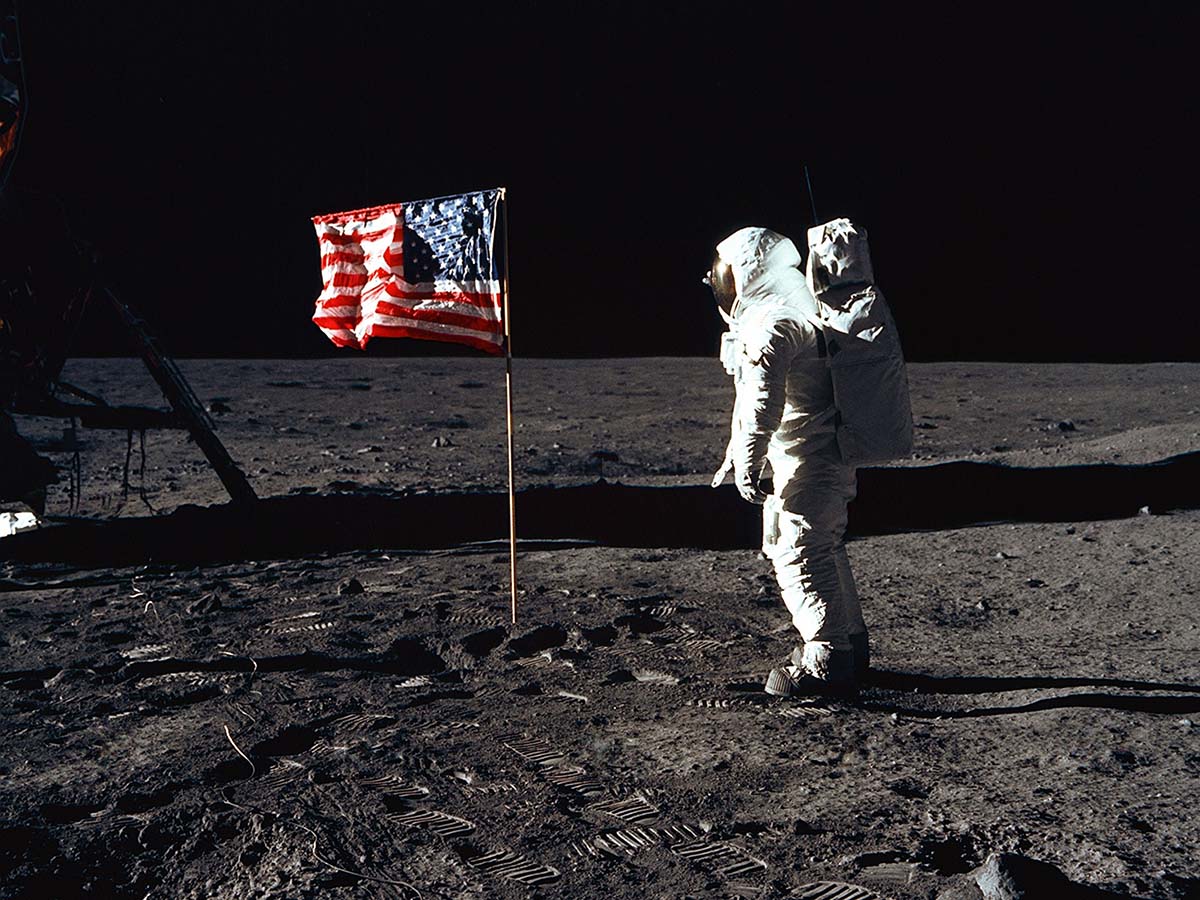
July is one of the hottest months of the year. With the rising temperatures, let’s take a break and look at some cool math stories to combat the summer heat. Get comfortable with a glass of iced tea and learn some great ways math has affected the month of July. Spark Math by VISPARK is continuing our series, “This Month in Math History.” From the public transport networks to space travels, here’s how math helped affect history in July!
6 July 1990: East-West MRT Line opens

The Mass Rapid Transit (MRT) is the rail network that many of us are familiar with. Being one of the biggest construction projects during Singapore’s early days of being independent, building the MRT was no easy feat. It was an achievement that tapped into innovation in engineering, construction and design to bring the MRT system to life. Math and science undeniably played a significant role in building the MRT. From the design of the trains, to planning routes and deciding on train speeds, concepts such as geometry acceleration and measurement are involved in building the MRT. We would not be able to enjoy the MRT today without math and science!
6 July 1990 marks a milestone in MRT history when Boon Lay station opened on 6 July 1990, marking the completion of the initial East-West Line. Today, the East-West Line, or “green line” as many Singaporeans would call it, is one of the most busiest MRT lines. Here are some more additional facts you may not know about the East-West Line:
- The East-West Line features 35 stations
- The line is the longest rail network in Singapore currently with its length of 57.2 kilometres
- 8 of the stations on the East-West Line are underground – from Tiong Bahru to Lavender, and Changi Airport
- It takes approximately 70 minutes to get from one end of the East-West Line to the other
July Math Birthdays
- 1 July 1646: Gottfried Wilhelm Leibniz
A German mathematician, philosopher and scientist. He is known for developing the modern binary system, which utilises the symbols 0 and 1 to symbolise numbers and logical statements. Even though Leibniz formulated this system before the invention of the first modern computer, the binary system remains essential for how computers operate and function today.
- 4 July 1646: Blaise Pascal
Blaise Pascal, a French mathematician, philosopher, and physicist, published his famous work “Essay on Conic Sections.” This work laid the foundation for the study of conic sections and contributed to the development of projective geometry.
20 July 1969: Man walks on the moon, by the numbers!

The world watched as Neil Armstrong and Buzz Aldrin landed and walked on the moon. This was the biggest step in space travel to that point and was made possible with math and science. Here are some fun facts about the mission to the moon:
- The moon is about 382,500 kilometres from Earth
- It takes about 3 days to get to the moon
- Because of the moon’s gravity, you weigh 1/6th of what you weigh on Earth. Can your child calculate how much they would weigh on the moon?
- Only 12 people have walked on the moon
- Stanley Schmidt, employing work done by mathematician Rudolf Kalman, developed math that helped them get to the moon. “The Schmidt-Kalman Filter” is still used to help navigate plane rides.
17 July 1955: Disneyland opens

“The Happiest Place on Earth” Disneyland opened in July 1955 in California, USA. This was a dream of Disney founder Walt Disney. Tickets only costed $1 on opening day. Just like the price has gone up since the first day, so has the technology of the park and the rides. There are more realistic animatronics on rides and even characters who can blink and smile today. All this technology is only possible using programs created by the engineers at Disney, called “Imagineers”. These “Imagineers” use math and science to build rides fun and safe for everyone. Thousands of people work daily to make Disneyland and other Disney parks work perfectly. From knowing how many Mickey ears are needed in the stores to making sure kids are the right height to be safe on a ride, Disneyland is run by problem solvers.
July is a great month to explore ways to use math every day. Try new recipes with your family for a BBQ or get out of the heat and play some fun online math games. If you want to help fight against learning loss over the summer, Spark Math classes are a great way to keep students’ math skills sharp.
Spark Math by VISPARK uses live teachers and gamified learning to help kids become math all-stars around the world. Sign up for a FREE trial class today or try some of our interactive math game demos!




